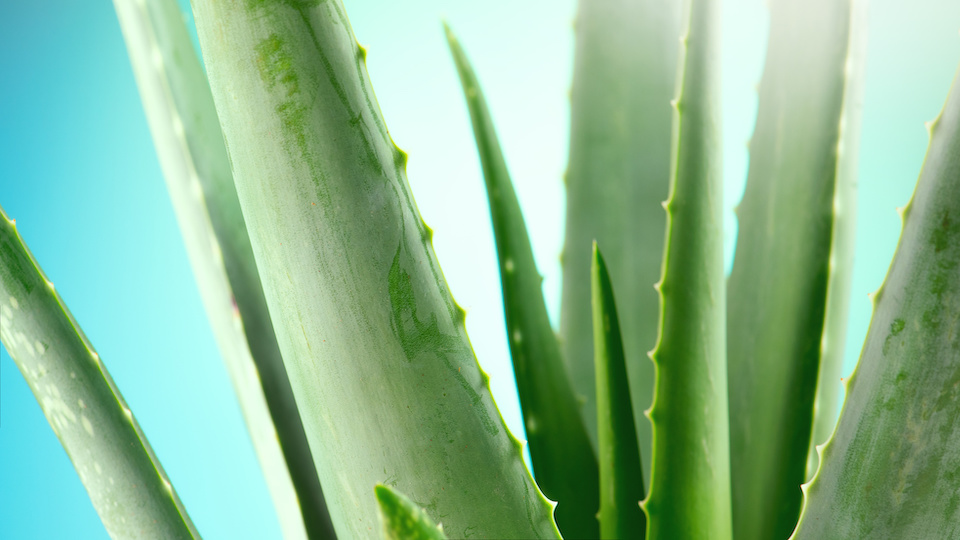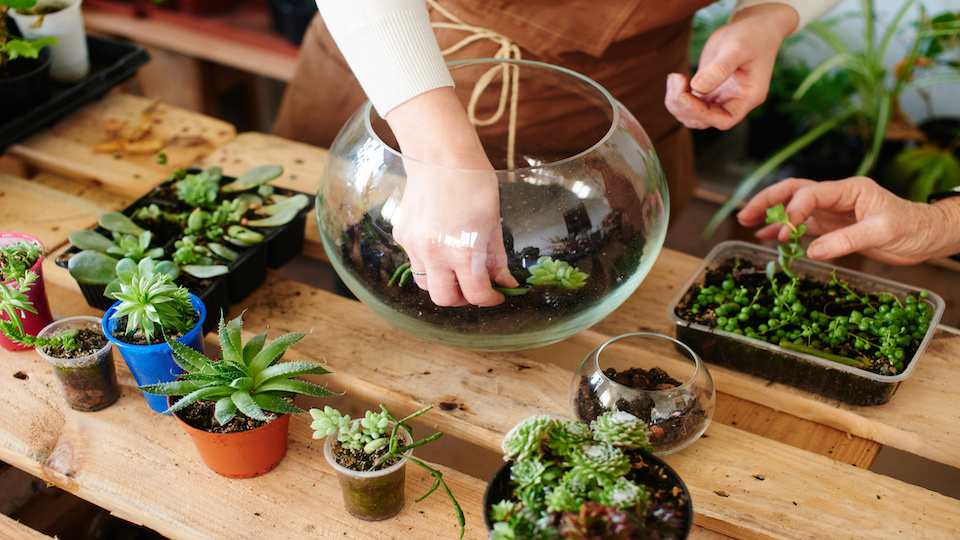This Radiant Skin Remedy is Easy to Grow
Aloe vera is one of those intriguing plants that checks all the boxes. It is drought resistant and incredibly tolerant of forgetful waterers. It is useful for health and beauty. And it looks absolutely stunning in your home or garden. This succulent is a great place to start if you have no experience with plants but is also an excellent addition to the extensive collection of any avid gardener. Here are just a few reasons everyone show have an aloe plant in their home and how to grow this hardy succulent.
Treats sunburn
Even if you’ve never grown an aloe plant, you are probably well aware of the soothing and healing properties it has on a nasty sunburn. When you break off a piece of the plant and squeeze out the clear gel onto your battle scars from a day in the sun, it works to heal the skin at a cellular level. It also protects the skin from future burns and keeps it from drying out and peeling by locking in moisture.
Fights aging
Wrinkles and fine lines are an inevitable part of aging. However, aloe vera is a natural way to increase skin elasticity and fight off those tell-tale signs for a few more years. This plant is loaded with antioxidants and vitamins such as beta carotene, and vitamin C and E that restore your skins natural firmness and keep it hydrated
Improves acne
Acne is a frustrating and irritating skin condition that doesn’t always go away once you escape the throes of puberty. Adult acne sufferers often deal with oily skin, clogged pores, and massive pimples that linger for days. Thankfully, aloe contains salicylic acid, which is an exfoliant that helps unclog pores, and it works as an anti-inflammatory on the oil glands that cause acne. Whip up an aloe vera face mask or simply use it as an overnight spot treatment for problem areas and rinse it off in the morning.
Remember: Aloe vera is a great topical solution but should not be taken orally as it can cause indigestion and nausea. Make sure to keep your plants out of reach of dogs and cats since it is toxic to pets if ingested.
How to grow aloe vera:
All these amazing skin benefits and more are just a few steps away. Read on to find out how to grow your own aloe vera plant today.
Place it in indirect sunlight
Most gardeners choose to keep aloe vera as a houseplant since it only thrives outdoors in very warm climates and will not survive a frost. It is possible to keep your aloe outside in containers over the summer but be sure to move them into your house over the cold winter.
Keep your aloe plants in bright-indirect sunlight. Too much direct light (such as extended time in a windowsill) can actually cause your aloe to dry out and cause the leaves to turn yellow.
Choose the right pot
Porous pots such as terra cotta work best for the aloe plant since it is a succulent and prefers dry soil. You can use glazed or plastic containers, but they tend to hold more moisture so you will have to be careful not to overwater. Be sure that the pot has at least one hole in the bottom to allow excess water to drain out.
Meet soil requirements
Choose a light, well-draining potting mix such as one specifically designed for succulents and cacti. The mix should contain lava rock, coarse sand, perlite, or a combination of all three. Do not use regular garden soil as it is too heavy and does not allow water to drain, which could lead to rotting and wilting.
Water deeply
When you do water your aloe plant, (about once every three weeks or when the soil is completely dry about 2 inches down) be sure to water it thoroughly. Water until the excess comes out of the drainage hole. Remember, overwatering is the most common reason that many people struggle with growing aloe plants. They thrive on neglect so don’t baby this hardy houseplant.
Have you ever grown an aloe vera plant? What are your favorite uses for aloe in your beauty routine? Let us know in the comments below!
-Taylor Ramsey




